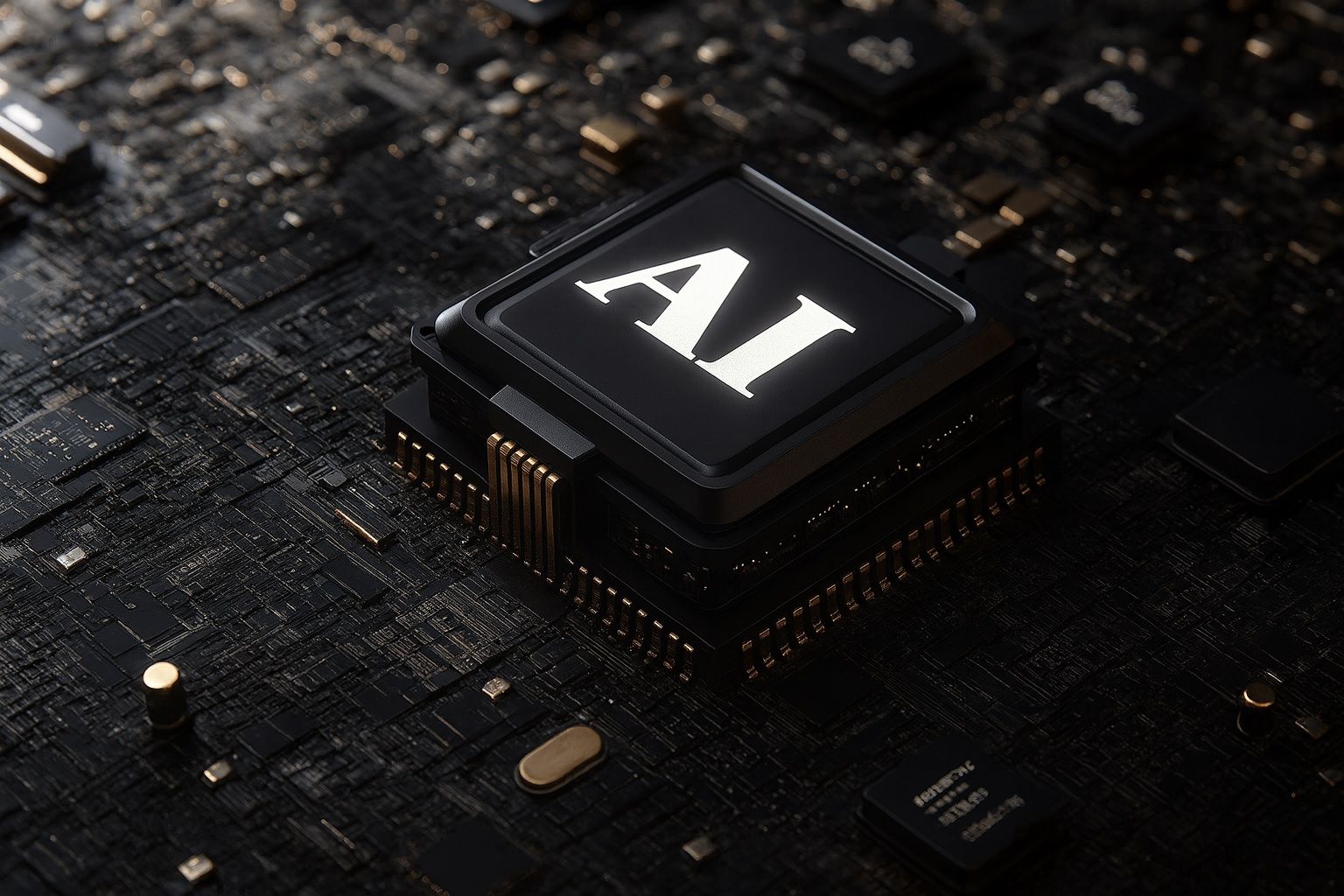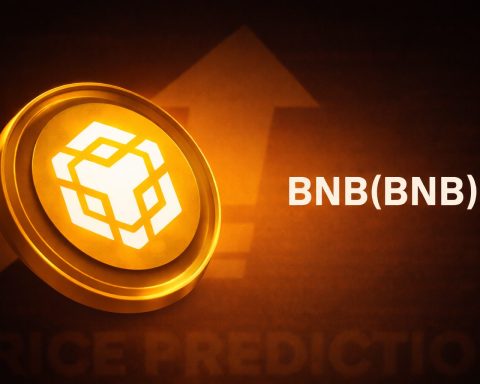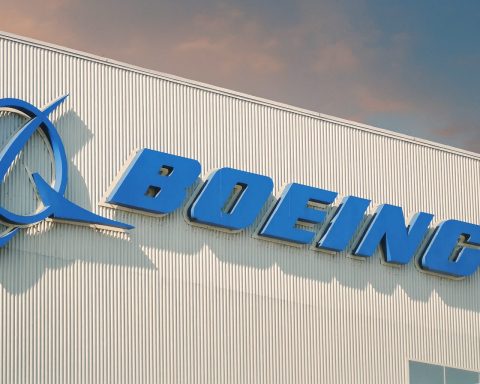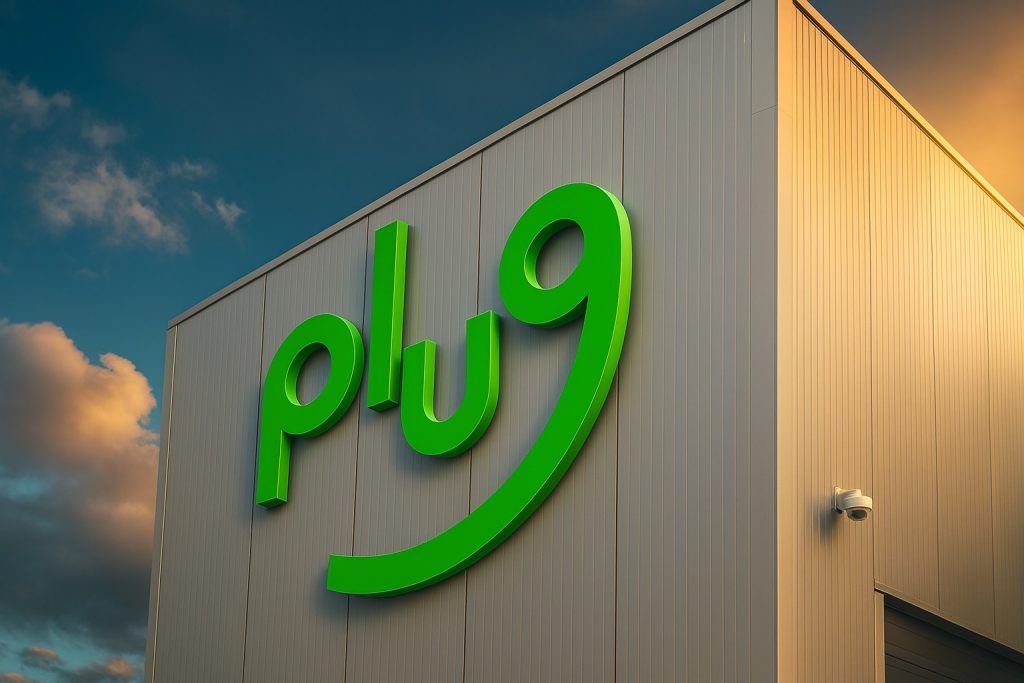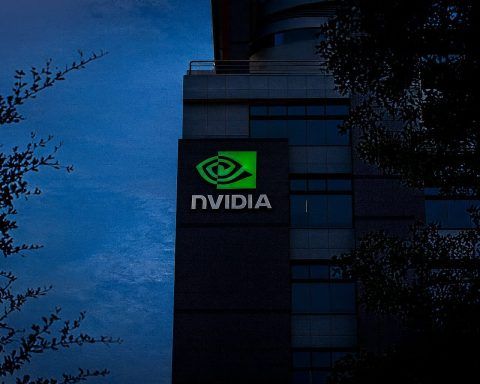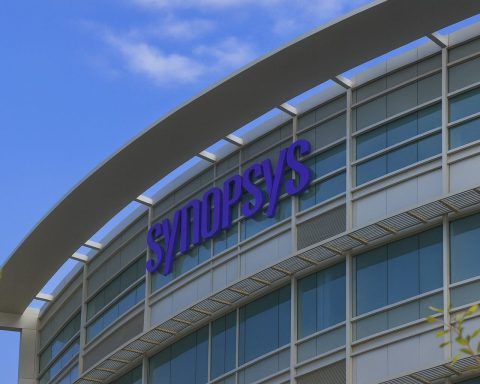- AI Mega-Deals: In just weeks, OpenAI has lined up almost $1 trillion in AI infrastructure deals – a “power play” unmatched in tech history [1]. Its key partners include Nvidia, AMD, Oracle and Broadcom, each inked with multibillion-dollar commitments.
- Nvidia’s Gigantic Bet: Nvidia agreed in late September to invest up to $100 billion in OpenAI and supply at least 10 gigawatts of cutting-edge GPU systems (the next-gen “Vera Rubin” chips) to OpenAI’s datacenters [2]. Sam Altman hailed this as essential: “Compute infrastructure will be the basis for the economy of the future,” he said [3] [4].
- AMD’s Game-Changer: In early October, rival AMD struck a 6 GW AI chip deal with OpenAI – enough to power roughly 5–6 million PCs — plus granted OpenAI a warrant for 10% of its stock at almost zero cost [5] [6]. AMD executives call the pact “transformative…for the dynamics of the industry” [7].
- Oracle’s Cloud Pact: According to reports, OpenAI will purchase roughly $300 billion of cloud services from Oracle over five years [8]. Combined with other partnerships (e.g. South Korean memory deals), this ensures OpenAI won’t run out of capacity.
- Broadcom Tie-Up: OpenAI also partnered with Broadcom to design 10 GW of custom AI chips (rolling out 2026–29) [9]. Broadcom’s CEO says this “critical step” will “unlock AI’s potential” (stock +10% after news) [10].
- Market Reaction: AMD shares soared ~34% on the news (its biggest one-day jump in nine years, adding ~$80 billion in market cap) [11]. Nvidia’s stock, after a record rally, eased a few percent amid rotation. Oracle jumped on the massive cloud deal, and Broadcom has quintupling its price since 2022 thanks to the AI boom [12]. (At the market close 15 Oct 2025: AMD ~$218, Nvidia ~$180, Oracle ~$299) [13] [14] [15].
- Valuations & Forecasts: Nvidia (market cap ~$4.6 trillion) and AMD ($351 billion) now sit on historic highs. Analysts at Loop Capital boosted Nvidia’s price target to ~$250, while bearish models put “intrinsic” fair value near $138 [16]. Some see Nvidia pulling in $600B+ free cash over 3–4 years, but others warn of lofty P/E (>50×) and bubble risks [17] [18].
- Regulatory Warnings: Antitrust experts are uneasy. NVIDIA already controls 50%+ of the AI chip market [19], and its stake in OpenAI (alongside supplying chips) “raises significant antitrust concerns,” warns lawyer Andre Barlow [20]. Critics fear preferential pricing or “walled garden” effects. U.S. regulators (now under Trump) say they’ll enforce AI competition, so these circular deals will get scrutiny [21] [22].
With headlines, chart-topping stock moves and even presidential interest (“AI infrastructure is economy of the future” [23]), this mad dash for AI chips has become must-see drama on Wall Street and Silicon Valley alike.
Inside the Megadeals: OpenAI’s recent partnership announcements form a web of interlocking investments. Reuters notes Nvidia will supply OpenAI with entire AI supercomputers and network gear, fronting cash and chips so OpenAI can build its own cloud [24] [25]. In exchange, Nvidia gets equity exposure to OpenAI’s growth. Sam Altman explained: “Everything starts with compute…we will utilize what we’re building with Nvidia to both create new AI breakthroughs and empower people…” [26].
AMD quickly followed with its own blockbuster. On Oct 6, AMD agreed to deliver hundreds of thousands of AI GPUs (≈6 GW of capacity) over the next few years [27]. Crucially, AMD didn’t get upfront cash; instead it gave OpenAI a warrant to buy 160 million shares (~10% of AMD) at $0.01 each, vesting as GPUs are delivered and stock hits targets [28] [29]. Forrest Norrod, AMD’s AI boss, told Reuters the pact is “certainly transformative, not just for AMD but for the dynamics of the industry” [30]. Concurrent analysts agreed it “validates” AMD’s tech [31]. Even so, “analysts said [it was] unlikely to dent Nvidia’s dominance,” since Nvidia still can’t build GPUs fast enough to meet demand [32].
Investors cheered AMD’s deal: its stock closed at ~$218 (15 Oct) [33], up ~30% from Oct 6 and near its 52-week high. By contrast, Nvidia’s price eased from recent peaks (~$186 on Sept 30 [34]) to ~$180 [35] on Oct 15. (Nvidia nonetheless gained on the initial news; in late Sept it hit a record high intraday [36], then retraced on profit-taking). Oracle’s confirmed cloud pact also gave ORCL stock a bump (trading ~$299 [37]). Broadcom (AVGO), meanwhile, has seen its market cap nearly sixfold since 2022 as it rides the AI boom [38].
Industry Reaction: Tech leaders are both awestruck and cautious. Box CEO Aaron Levie calls Altman “one of the most ambitious founders out there,” likening the AI spree to early-internet-era bets – “probably the biggest [platform shift] we’ve ever seen in tech” [39]. Ross Finman (Augmodo CEO) notes the cumulative impact of stacked deals: “Each [announced deal] individually might not make a big splash, but collectively they do,” creating a “network effect” of momentum [40]. Art Zeile (DHI Group) praises OpenAI’s strategy: locking multiple suppliers shows “Negotiation 101 – to have many suppliers so you can get the best price” [41].
At the same time, experts warn of steep risks. OpenAI’s deal pipeline ($1T on paper) dwarfs its current cash flow. OpenAI generated only ~$4.3 billion H1’25 [42] even as it burned ~$2.5B in six months [43]. Financing such capacity is daunting: eMarketer analyst Gadjo Sevilla notes building 1 GW of data center costs $50–60 billion (land, power, servers) [44]. “Financing such a large chip deal will likely require a combination of funding rounds, pre-orders, strategic investments, and support from Microsoft,” he warns [45]. And critics call the arrangement a potential “shell game” – tech giants essentially recycling money into each other [46]. As TS2 Techstock reports, regulators will scrutinize circular flows (e.g. Nvidia funding OpenAI to buy Nvidia chips) for anti-competitive impact [47] [48].
Market Outlook & Forecasts: Wall Street is bullish on the long-term AI surge, but valuations are sky-high. Among analysts covering Nvidia, the median price target is around $211 (about 12% above current levels) [49]. The highest target seen is ~$250; the lowest is ~$120 [50]. Loop Capital even speaks of a “generative-AI golden wave,” while contrarians value Nvidia closer to $138 a share [51]. AMD’s stock has less coverage, but firms like Goldman Sachs and Morgan Stanley have been raising their AMD forecasts after the deal (some target AMD ~$250 by 2026, a ~15% upside).
Pundits caution though: Nvidia trades at ~50× forward earnings [52], and energy-hungry GPUs raise sustainability questions. A TIME op-ed argues that vertical integration in AI (like Nvidia-OpenAI) might entrench a few giants and calls for “Big AI” antitrust action [53]. Indeed, antitrust lawyer Andre Barlow bluntly states OpenAI’s Nvidia deal “raises significant antitrust concerns” [54]. With President Trump prioritizing both AI dominance and competition, the DOJ/FTC will be watching for “exclusionary behavior” that locks others out [55]. A DOJ official recently emphasized protecting AI competition even amid growth incentives [56].
The Big Picture: Beyond the headlines, this frenzy reflects an unprecedented arms race for AI supremacy. Global data-center capex for AI is projected to swell from ~$600 billion in 2025 to $3–4 trillion by 2030 [57]. If Nvidia maintains ~90% of AI-GPU market, some forecasts see its annual revenue topping $1.17 trillion by 2030 [58]. AMD and Intel are scrambling to catch up (Intel recently got a $5B AI chip investment from Nvidia [59], and AMD’s leadership has finally scored marquee wins). For now, Nvidia’s lead is clear: it just delivered blowout results (Q2 FY2026 revenue +56% YoY to $46.7B [60]) and is rolling out new architectures (Rubin CPX for video/AIGC). But every competitor deal – AMD’s, Oracle’s, Microsoft’s – chips away at its monopoly.
What’s Next: In this high-stakes game, the next earnings reports and regulatory moves will be keenly watched. Will these investments pay off by powering next-gen AI breakthroughs – or will rising valuations and geopolitical constraints (export curbs, energy limits) trigger a market reset? As one tech strategist put it, Altman is going “full throttle” on AI because the opportunity is “super-exponential” [61]. For now, investors and experts alike can only marvel at the scale: OpenAI and Nvidia, in effect, are “betting the house” on AI’s future [62] [63].
Sources: Market data and analysis are drawn from CNBC, Reuters, TS2 Techstock (ts2.tech) and other financial outlets [64] [65] [66] [67] [68]. Expert quotes come from news reports and industry interviews as cited above.
References
1. ts2.tech, 2. www.reuters.com, 3. www.reuters.com, 4. ts2.tech, 5. ts2.tech, 6. www.reuters.com, 7. www.reuters.com, 8. www.reuters.com, 9. www.reuters.com, 10. www.reuters.com, 11. www.reuters.com, 12. www.reuters.com, 13. www.reuters.com, 14. www.reuters.com, 15. www.reuters.com, 16. ts2.tech, 17. ts2.tech, 18. ts2.tech, 19. www.reuters.com, 20. www.reuters.com, 21. www.reuters.com, 22. www.reuters.com, 23. www.reuters.com, 24. www.reuters.com, 25. ts2.tech, 26. www.reuters.com, 27. www.reuters.com, 28. ts2.tech, 29. www.reuters.com, 30. www.reuters.com, 31. www.reuters.com, 32. www.reuters.com, 33. www.reuters.com, 34. ts2.tech, 35. www.reuters.com, 36. www.reuters.com, 37. www.reuters.com, 38. www.reuters.com, 39. ts2.tech, 40. ts2.tech, 41. ts2.tech, 42. www.reuters.com, 43. www.reuters.com, 44. www.reuters.com, 45. www.reuters.com, 46. ts2.tech, 47. www.reuters.com, 48. ts2.tech, 49. ts2.tech, 50. ts2.tech, 51. ts2.tech, 52. ts2.tech, 53. ts2.tech, 54. www.reuters.com, 55. www.reuters.com, 56. www.reuters.com, 57. ts2.tech, 58. ts2.tech, 59. ts2.tech, 60. ts2.tech, 61. ts2.tech, 62. ts2.tech, 63. ts2.tech, 64. www.reuters.com, 65. www.reuters.com, 66. www.reuters.com, 67. www.reuters.com, 68. ts2.tech
